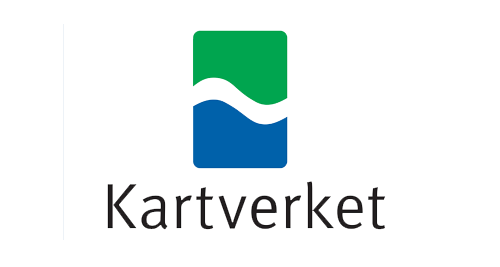
Application processes are complex, for example you have EU programs such as Horizon Europe, Digital Europe, and national funding sources such as the Research Council, Innovation Norway and the Ministries. Different application models with requirements for partnership, project organization and reporting must be met, to qualify for participation in the fight for funding.
At the Mapping Authority, we have tested System Oriented Design (SOD) and GIGA mapping as a tool to identify and develop new project ideas. This has proven to be an effective method for improving the following:
Engaging employees: By visualizing complex relationships, we get everyone on board.
Identifying new opportunities: We discover hidden potentials and new areas of collaboration.
Project Prioritization: We can make better decisions about which projects to focus on, as well as which choices and content to prioritize in our projects. This is a method that contributes to better planning, resource utilization, and optimized results.
HSEIF has shown us that the challenges we face in the public sector are not unique, in the sense that the same tools and methods used in the private sector can be used successfully and consequently lead to higher efficiency and innovation.
SOD and GIGA mapping proved to be valuable tools in the process of developing new projects and increasing the possibility of securing financing. By using these methods, we see the opportunity to:
Improve application quality: Our applications become more targeted and competitive.
Increase the likelihood of funding: We increase the chance of accessing grants and other sources of funding.
Strengthen our innovation capacity: We become better equipped to meet the challenges of the future.
